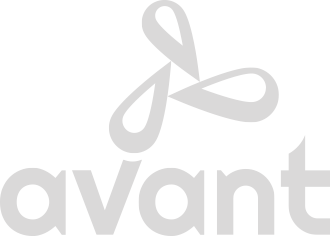I Want More Closets in My House
When I bought my first 800-square-foot home, my closet was tiny and wasn’t even in my bedroom. After that experience, bigger and better closets were added to my criteria for a new home.
Just like my closet experience, when executives see leaders fail, they often search for the characteristic that was so lacking in the previous one. Be careful. Just like a house with bigger closets may provide a dandy place to hang accessories and clothes, it may be woefully lacking in other, key areas. Leaders might over-pivot on certain features, looking past qualities that are equally important. In our work with organizations, we have found that leaders may examine why someone failed in a role and only assess for that competency(ies), neglecting other critical competencies.
What follows is a brief overview of best practices and potential pitfalls of leadership assessment.
Context and Competence
Best Practices
- Align on current business conditions and what team needs
- Be clear about ideal candidate profile and what excellent looks like
- Press the team to explore “what is missing” from criteria
- Give due consideration to searching for talent outside your industry
Potential Pitfalls
- Succumbing to pressure to quickly fill the role with “marginal fit”
- Too much weight given to one experience, skill or past performance
- Emphasizing or observing the wrong predictors
- Limited frame of reference
- Loyalty and passion mistaken for competence
Process
Best Practices
- Must haves vs. nice to haves: well ahead of decision-making, be clear on which experiences / competencies are non-negotiable and where are you willing to compromise
- Have multiple observations and data inputs
- Design method that has "checks and balances" when reviewing interview insights and other data
- Use a simple template to compare candidates across key profile factors
Potential Pitfalls
- Over reliance on one data source (e.g., reference, interview, survey)
- Fallacy of leaders to trust personal intuition more than process
Interviews
Best Practices
- Conduct in-depth probing across a range of activities, situations and time
- Focus on the “how” (process) as much or more than the “what” (outcome)
- Interview / assess with a balanced set of characteristics
- Make time at the end of interview for candidates to ask questions – the questions asked can be highly insightful
Potential Pitfalls
- Impact of first impressions, latest encounters, halo effect
- Past successes over-emphasized when standards or business needs shift
- Personal bias influences judgment
- Being good at one thing may be over-rated when the challenge is complex
Company Culture
Best Practices
- Have shared language, understanding of success factors
- Be realistic about what is / is not readily changeable and coachable
- Guard against organizational biases and blind spots
- Create an environment that welcomes dissenting opinions on a candidate, designate a role to being logically skeptical
Potential Pitfalls
- Gravitating to what is familiar
- Group discussions can dilute critical comments in a "nice" culture
- Corporate / collective memory impacting views on an employee's current capabilities
- Power of sponsorship could mean greater or lesser scrutiny of an individual
Take these action steps to your next meeting to validate what you are doing well and perhaps bring some new ideas to the candidate assessment process. At the very least, be sure to guard against the potential pitfalls.

